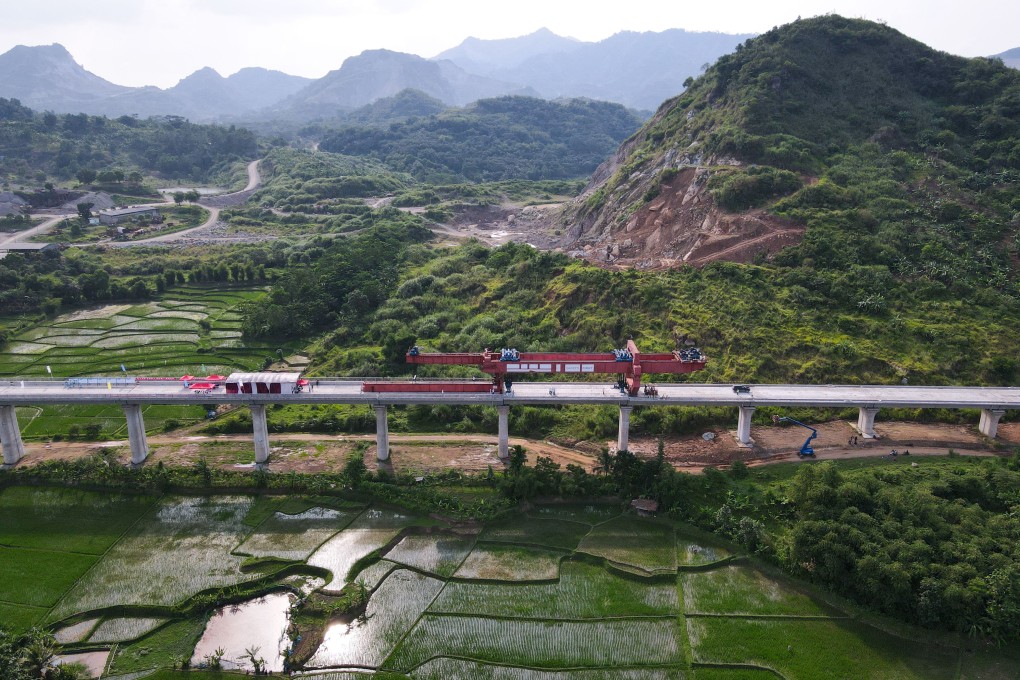Opinion | China’s new financial regulator must show it means business on ESG risk management
- China’s groundbreaking Green Finance Guidelines require both policy and commercial banks to establish grievance mechanisms for affected communities
- The newly formed National Financial Regulatory Administration should see to it that Chinese banks implement this requirement

It has been a year since the China Banking and Insurance Regulatory Commission (CBIRC) issued the Green Finance Guidelines, which stepped up requirements for Chinese banks and insurers to manage environmental, social and governance (ESG) risks, including by establishing complaint channels for affected communities.
As advocates for communities impacted by overseas investments, we know that investments of all types, even those labelled as “green”, can result in unintended negative environmental and social impacts – whether it is a conservation project in Myanmar that has been paused because its inadequate design risked displacing indigenous communities and exacerbating environmental harms, a hydroelectric project in Mexico that didn’t go forward after risks to a fresh water source and peoples’ livelihoods were exposed, or a biomass plant in Liberia that was shut down after its negative impacts came to light.
When environmental or social harm occurs, two things are true: first, people living near or working at investment sites who suffer the most from the harm deserve channels to seek redress; and second, investments are less sustainable when that harm goes unaddressed.
Communities affected by Chinese overseas development were therefore hopeful when a year ago, the Chinese banking sector regulator issued the Green Finance Guidelines, which required, among other things, that banks and insurers establish complaints mechanisms. When Chinese banks’ financing causes negative impacts, it is difficult for impacted communities to identify and engage with the relevant banks.

